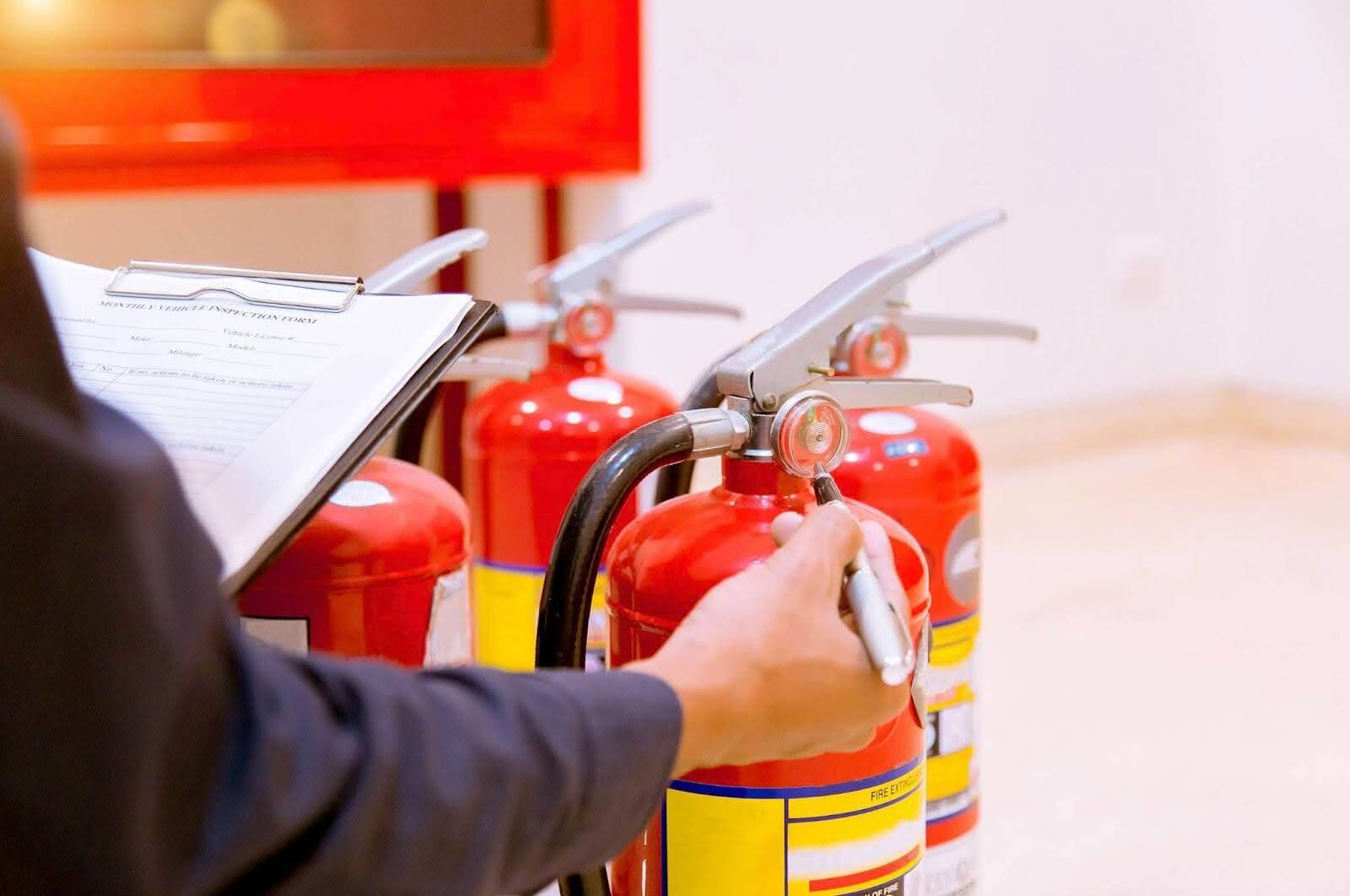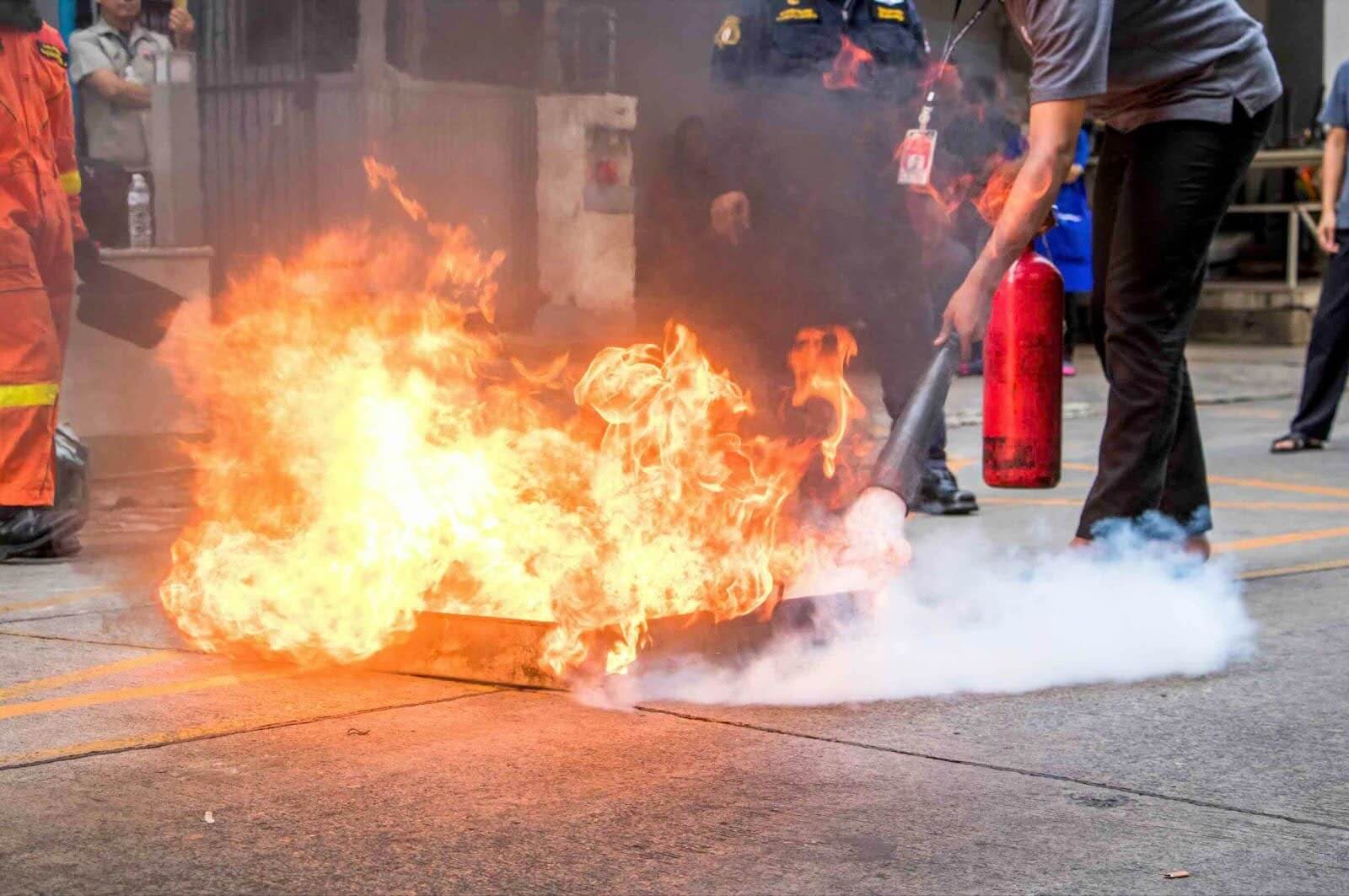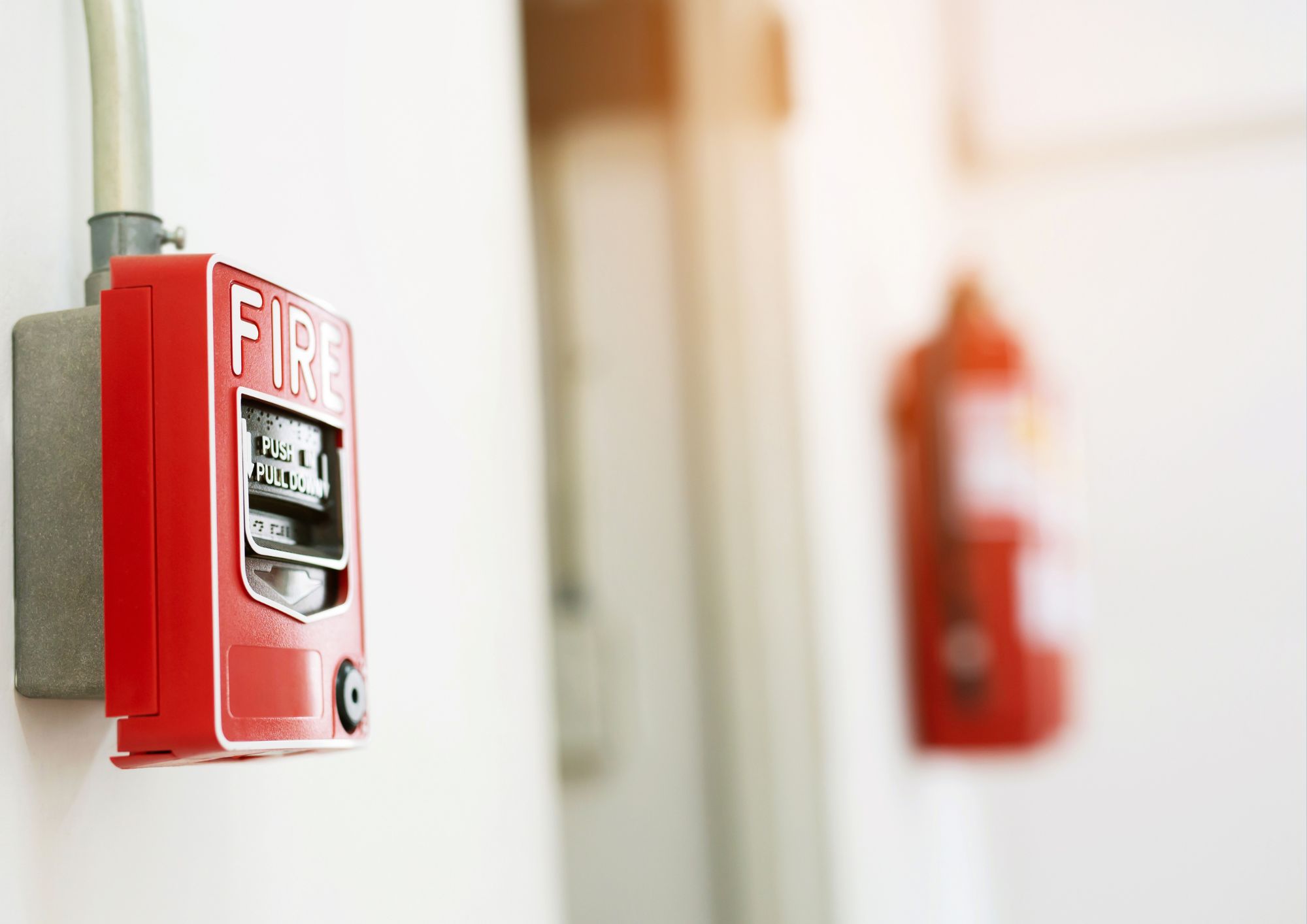
If you’re the person in charge of a building, it is crucial to conduct a health and safety risk assessment, take every possible measure to minimise the risk of fire and ensure the safety of individuals. This not only preserves lives but also fulfils your legal obligations and aligns with sound business principles. Here is where fire risk assessments come in.
A Fire Risk Assessment involves thoroughly examining your premises and the individuals within, with a primary focus on fire prevention. By pinpointing potential hazards like faulty wiring or blocked exits, proactive steps can be taken to mitigate risks and safeguard everyone’s safety. Conducting a fire hazard assessment enables a company to understand its potential risks and hazards, and then improve fire safety measures to keep everyone safe.
Conducting a fire safety inspection is not just good practice; it’s a legal obligation. Did you know if a fire takes place and you haven’t met your legal responsibilities, you could be fined and may even spend some time in prison? Therefore, whether you’re an employer, property owner, or occupier of non-residential premises, it is your responsibility to engage a competent individual to conduct a fire safety evaluation of the premises. Ensure to learn more about your legal obligations.

The number of steps in a fire safety inspection can vary slightly depending on the methodology and complexity of the premises being assessed. However, most frameworks follow a core structure with five key steps.
This involves systematically examining the premises to identify potential sources of ignition, flammable materials, electrical risks, and any other factors that could lead to a fire.
This considers the occupants of the premises, including their numbers, mobility, and any specific vulnerabilities they may have (e.g., children, disabled individuals).
Each identified hazard is assessed for its likelihood of occurrence and potential severity of consequences. Based on this, appropriate fire risk management measures are determined to eliminate or reduce the risk (e.g., installing fire doors, removing flammable materials, and providing safety training).
The findings of the risk assessment, control measures implemented, and emergency evacuation plans are all documented. Then, as a fire risk management tactic, fire safety training on fire safety procedures and the use of firefighting equipment is also provided to occupants.
It’s crucial to regularly review and update the fire safety inspections, particularly when changes occur in the premises, its occupants, or the surrounding environment. This ensures the continued effectiveness of the implemented fire risk management measures and the timely identification of new risks.
While these five steps form the core of most fire risk assessments, additional steps may be incorporated depending on specific regulations or the complexity of the building. For example, in England and Wales, the Fire Safety Act 2021 introduced additional requirements for assessing external walls, flat entrance doors, and building structures in high-rise residential buildings.
As an additional layer to fire safety inspections, local fire and rescue authorities conduct their own fire safety evaluation of your premises as part of their duty to keep people safe from fire.
If your premises aren’t safe or you haven’t completed a fire prevention assessment, then you may be fined. If people are believed to be at risk, then your business may even be closed down to make it safe for employees and members of the public.

The Regulatory Reform (Fire Safety) Order 2005 (FSO) serves as the primary legislation. It establishes the “Responsible Person” concept, placing legal duties on anyone in control of a premises (usually the owner or landlord) to perform a fire risk assessment and implement adequate fire risk management precautions.
The Fire Safety (Scotland) Act 2005 governs fire safety, placing similar duties on “duty holders” as the FSO does on responsible persons.
The Fire Safety Orders (Northern Ireland) 2010 are the main legislation, mirroring the principles of the FSO and Scottish Act.
For more information, check out our blog post: Fire Safety Regulations.
While it can vary depending on the complexity of the building, most frameworks follow 5 key fire safety steps: Identify Fire Hazards; Identify People at Risk; Evaluate and Control the Risks; Record Findings, Plan, Inform, Instruct & Train; Review and Update.
If you’re the person in charge of a building, it’s crucial to minimise the risk of fire by conducting a fire prevention assessment to prioritise the safety of those around you. Fire safety evaluations not only save lives but also meets legal obligations and adheres to sound business principles.
Here at FRS, we take pride in being a specialist Fire Safety Consultancy. If you have any further questions related to fire safety inspections or wider health & safety in general, please contact us and we’ll be happy to answer any questions you may have.
Call us today on 01179 866397 or get in touch today